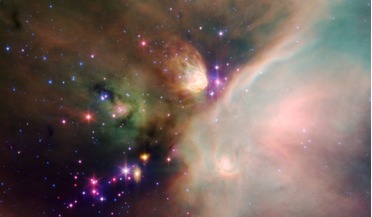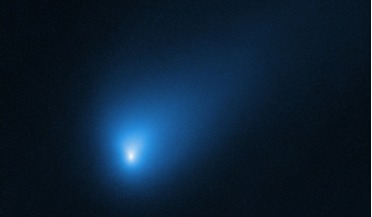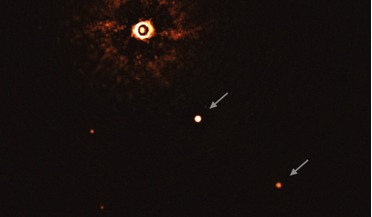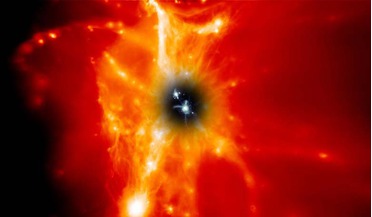 13 January 2020
New study shows a split Solar System that kickstarted growth of Jupiter
13 January 2020
New study shows a split Solar System that kickstarted growth of Jupiter
When the Atacama Large Millimetre/Submillimetre Array (ALMA) started pointing its dishes at the disks where planetary systems are born – protoplanetary disks – the stunning, high-resolution images it returned showed a recurring sight; substructures ...
 18 August 2021
New study sheds light on Solar System heavy metal problem
18 August 2021
New study sheds light on Solar System heavy metal problem
... in various stages of star formation and protoplanetary disk development; aspects which represent the earliest stages planetary system development. By combining the imaging data of all of the telescopes, Forbes and colleagues were able to visualise...
 17 October 2019
Hubble gets a good look at interstellar visitor Comet 2I/Borisov
17 October 2019
Hubble gets a good look at interstellar visitor Comet 2I/Borisov
...best look yet at an interstellar visitor — Comet 2I/Borisov — which is believed to have arrived here from another planetary system elsewhere in our galaxy. This observation is the sharpest view ever of the interstellar comet. Hubble reveals a central...
 22 July 2020
Astronomers capture the first ever image of a multi-planet system around a Sun-like star
22 July 2020
Astronomers capture the first ever image of a multi-planet system around a Sun-like star
...our own Sun. Just a few weeks ago, ESO revealed a planetary system being born in a new, stunning VLT image. Now, the ...the same instrument, has taken the first direct image of a planetary system around a star like our Sun, located about 300 light-years...
 August 2020
Battle for the night sky - from telescopes to ad-breaks
August 2020
Battle for the night sky - from telescopes to ad-breaks
... radio astronomy, such as producing the first image of a black hole or understanding more about the formation of the planetary systems, were only possible through concentrated efforts in safeguarding the radio sky from interference”. Radio frequency...
 06 June 2016
Galaxies guilty of 'wasting' precious planet building material
06 June 2016
Galaxies guilty of 'wasting' precious planet building material
... that these heavier elements would be recycled in to future generations of stars and contribute to building planetary systems," said Benjamin Oppenheimer, a research associate in the Center for Astrophysics & Space Astronomy (CASA) at CU-Boulder...